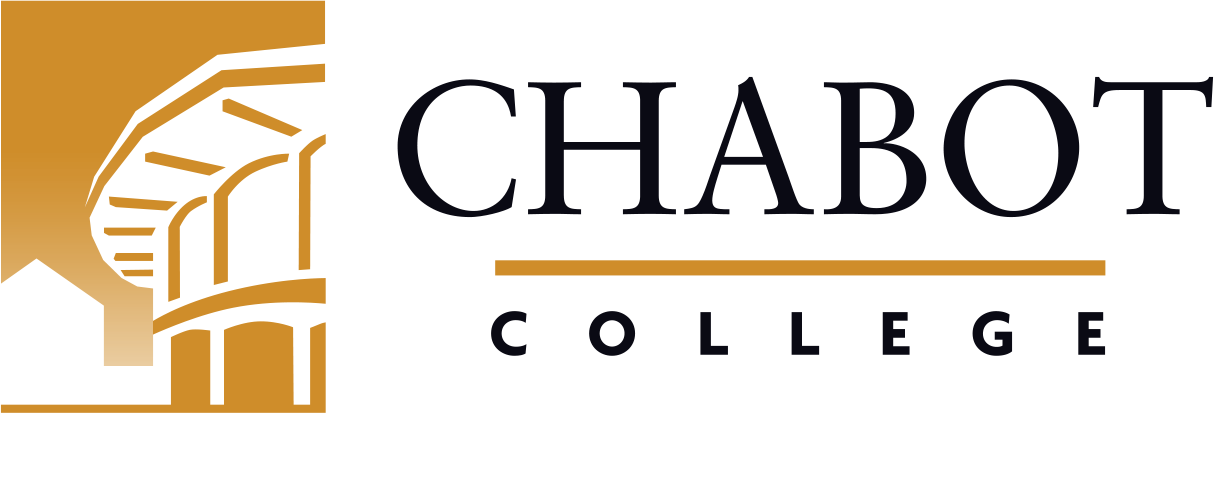
Course Outline for Dental Hygiene 60
Dental Anatomy and Morphology
Effective: Fall 2022
SLO Rev: 03/27/2021
SLO Rev: 03/27/2021
Catalog Description:
DHYG 60 - Dental Anatomy and Morphology
1.50 Units
Development and anatomical structures of the head and neck, oral cavity and dentition. Tooth identification including: tooth anatomy, eruption patterns, tooth numbering systems, anomalies, and occlusion. Restorative considerations and classifications.
Prerequisite: Admission into the Dental Hygiene Program, Corequisite: DHYG 60S, DHYG 69A and DHYG 71A.
1240.20 - Dental Hygienist*
Letter Grade Only
| Type | Units | Inside of Class Hours | Outside of Class Hours | Total Student Learning Hours |
|---|---|---|---|---|
| Lecture | 1.50 | 27.00 | 54.00 | 81.00 |
| Total | 1.50 | 27.00 | 54.00 | 81.00 |
Measurable Objectives:
Upon completion of this course, the student should be able to:
- explain oral histology and embryology;
- identify histologically the normal structures of the oral cavity;
- describe the embryonic development of the head, neck and oral cavity;
- discuss the basic cellular structures as it relates to dental anatomy and morphology;
- describe the embryonic development of the teeth;
- identify tooth form and function, distinguishing major crown and root characteristics;
- communicate and apply the universal, palmer and FDI numbering systems;
- evaluate and communicate the development, eruption and exfoliation cycles of both the primary and permanent dentitions;
- differentiate between deciduous and permanent dentitions;
- interpret the classification of occlusion and recognize early signs of deviation in deciduous, mixed and permanent dentitions;
- identify and analyze common dental anomalies found in the dentition;
- identify and communicate the major parts of a tooth;
- identify each of the five surfaces of a tooth and locate the point and line angles;
- interpret and apply principles of dental notation as it relates to restorative charting;
- distinguish between and identify the structures surrounding and supporting the teeth;
- identify major and supplemental grooves and cusps of the teeth.
Course Content:
- Oral histology and embryology of the oral cavity
- Landmarks of the face and neck
- Surface anatomy
- The dentition (permanent and deciduous)
- Tooth development, eruption and exfoliation
- Tooth numbering systems
- Tooth form and identification
- Crown morphology
- Root morphology
- Anomalies of the dentition
- Occlusion / malocclusion
- Dental terminology
- Primary and permanent dentition
- Dentition periods
- Primary, permanent, mixed
- Terms related to tooth orientation
- Form, function and alignment of the dentition
- Functional movement of the mandible
- Angle's Classification of malocclusion
- Parafunctional habits
- Restorative Charting
- Classification of dental caries
- Classification of dental restorations
- Restorative materials
- Periodontium
- Regional differences in oral mucosa
- Functions of the periodontal structures
- Classifications of periodontal structures
Methods of Instruction:
- Audio-visual aids
- Demonstration on models/typodonts
- Group Activities/Discussions
- Lecture/Discussion
- Distance Education
Assignments and Methods of Evaluating Student Progress:
- Chapter assignments
- Draw anatomical renditions of primary and permanent dentition, including identification of anatomical features
- Anatomical worksheets on primary and permanent dentition
- Orthodontic Office Interview Report
- Class Participation
- Graded written assignments
- Pre-lecture quizzes
- Charting competency
- Midterm Examination
- Final Examination
Upon the completion of this course, the student should be able to:
- integrate and identify the histology of tooth structures related to embryological tooth development and tooth anomalies;
- identify and state distinguishing anatomical features of the dentition;
- complete a restorative charting procedure at a level of competency;
- discuss Angle's classification of malocclusion and orofacial myofunctional considerations and how it relates to patient care.
Textbooks (Typical):
- Fehrenbach, M. J. & Popowics, T. (2016). Illustrated Dental Embryology, Histology & Anatomy (4th ). El Sevier:Saunders.
- Boyd, L. D., Mallonee, L. F., & Wyche, C. J. (2021). Clinical Practice of the Dental Hygienist (13th). Jones & Bartlett Learning.
- Typodont (student instrument issue)
- Multi-color (red/black/blue) pen
Abbreviated Class Schedule Description:
Development and anatomical structures of the head and neck, oral cavity and dentition including: tooth anatomy, eruption patterns, tooth numbering systems, anomalies, and occlusion.
Prerequisite: Admission into the Dental Hygiene Program, Corequisite: DHYG 60S, DHYG 69A and DHYG 71A.